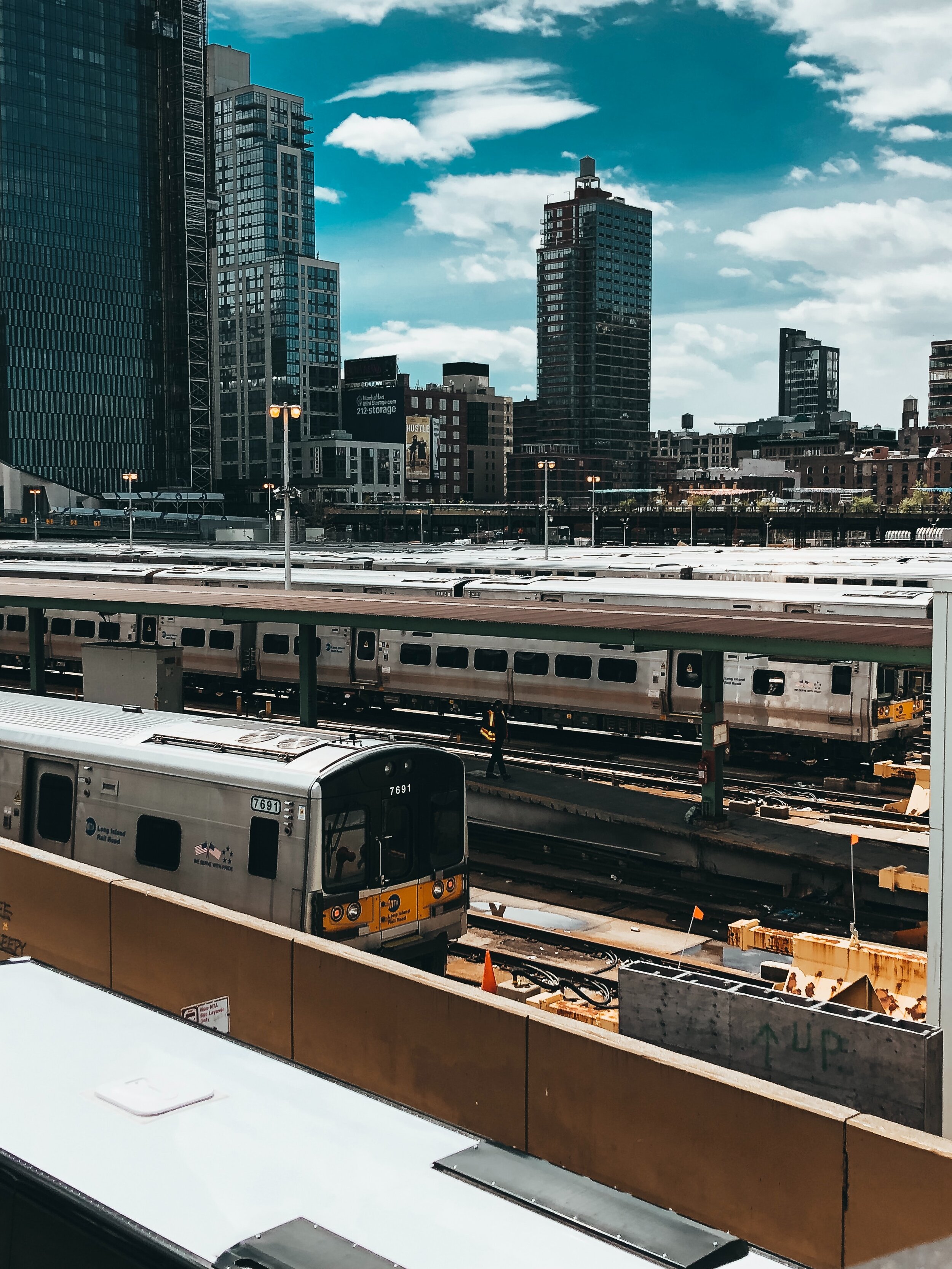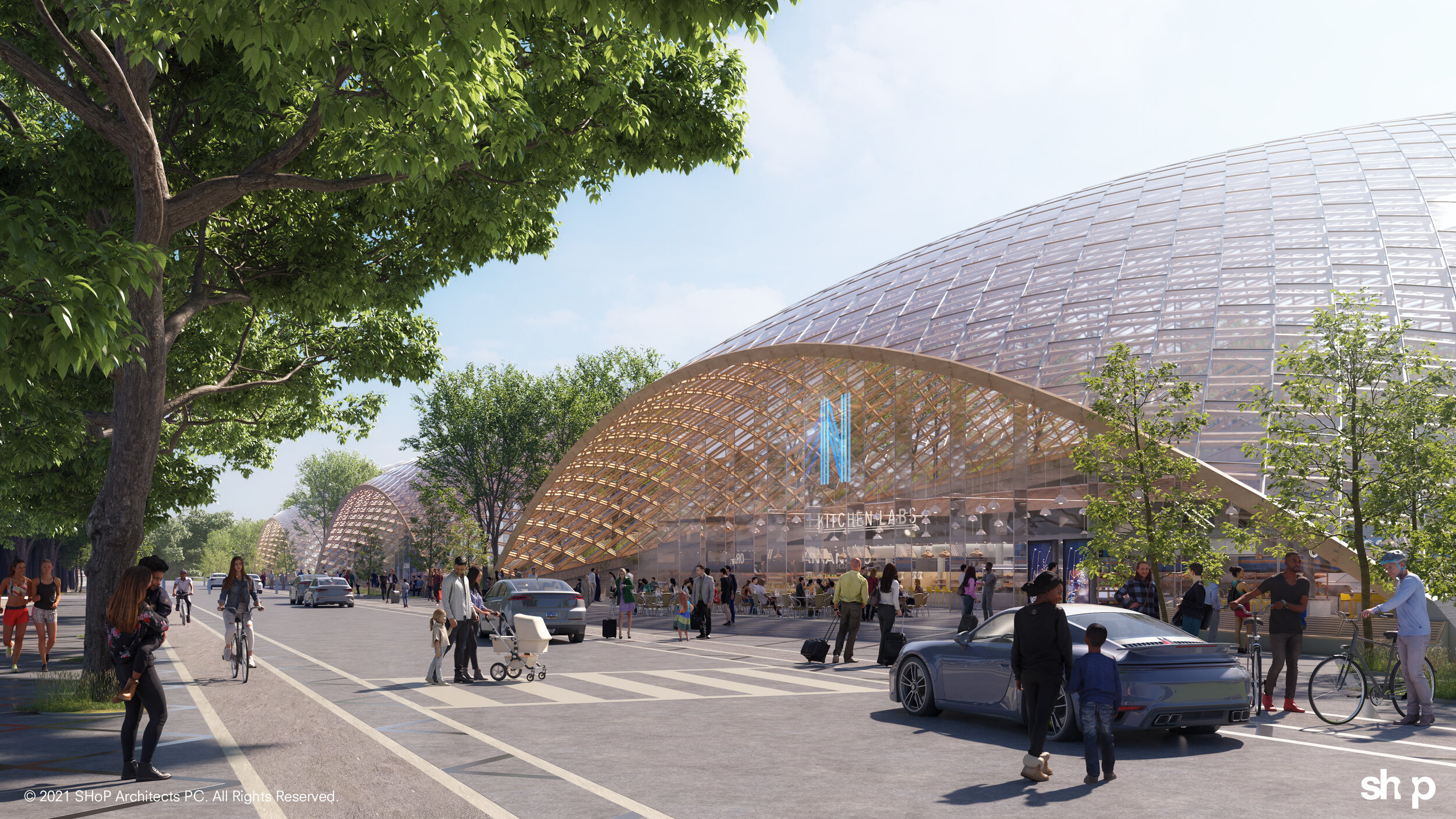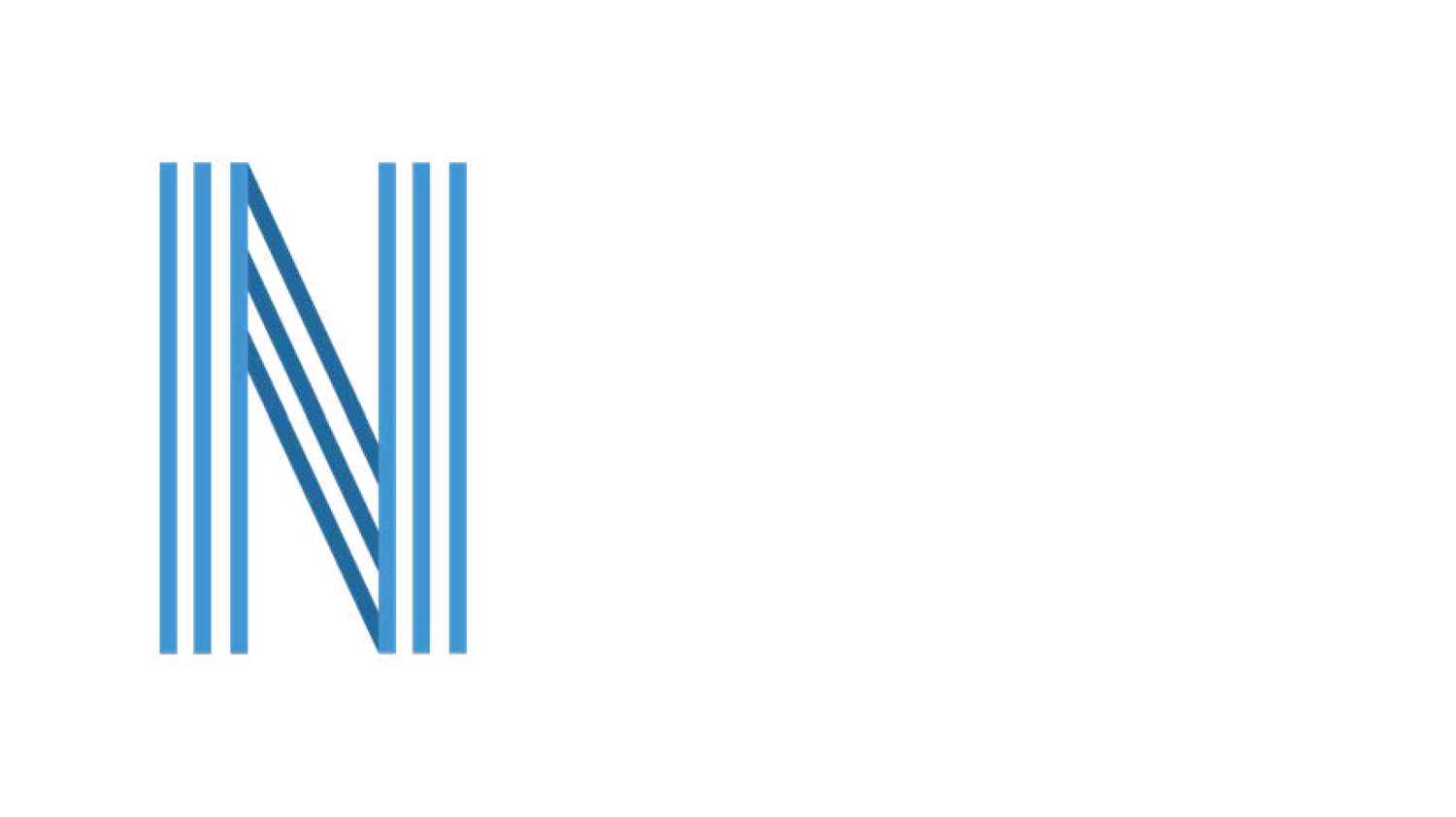
Investments Overview
$105 billion to build a 21st century high speed passenger rail for the seven-state North Atlantic region.
These investments will revolutionize the way people travel about the region, increase access to economic opportunity, and significantly reduce carbon emissions in the seven-state region.
Investment & Improvement Categories
High Speed Rail
Reduced travel time between Boston and NYC from 3 hours 50 minutes down to 1 hour 40 minutes
Internationally competitive speeds up to 225 miles per hour
Infrastructure
Bridge replacements to address clearance and other issues
Modernization of interlocking, signal, and power systems
Selective realignments to improve speed and capacity
Addition of tracks and selective double tracking
Electrification to decarbonize and increase speed on the system
Equipment Acquisition
Modernization of rolling stock with high-performance railcars including antiquated Shoreline East train sets
Operational Improvements
Reduction in travel times by increasing speeds
Implementation of Regional Rail standards with current commuter rail systems
Frequent, local, bi-directional rail service arriving at least every 30 minutes all day and every 15 minutes or better closer to cities
Clock-face schedules that simplify schedules for riders (ex. trains leave on the hour and at the half hour mark)
Service Expansion
Addition of infill stations to serve more communities in existing urban areas
Construction of high-level platforms to speed travel by reducing dwell time at stations and increase system accessibility
Restoration or implementation of new rail service throughout New England
Springfield, MA to Worcester & Boston, MA
Boston, MA to Fall River & New Bedford, MA
Danbury, CT to Pittsfield, MA
Lowell, MA to Nashua & Manchester, NH
Springfield, MA to Northampton, MA
Greenfield, MA to Brattleboro, VT
Worcester, MA to Woonsocket & Providence, RI
Boston, MA to Bangor, ME
Burlington, VT to Montreal, Canada
Possible development of select bus rapid transit (BRT) or light rail transit (LRT) corridors that connect to rail corridors should be studied


